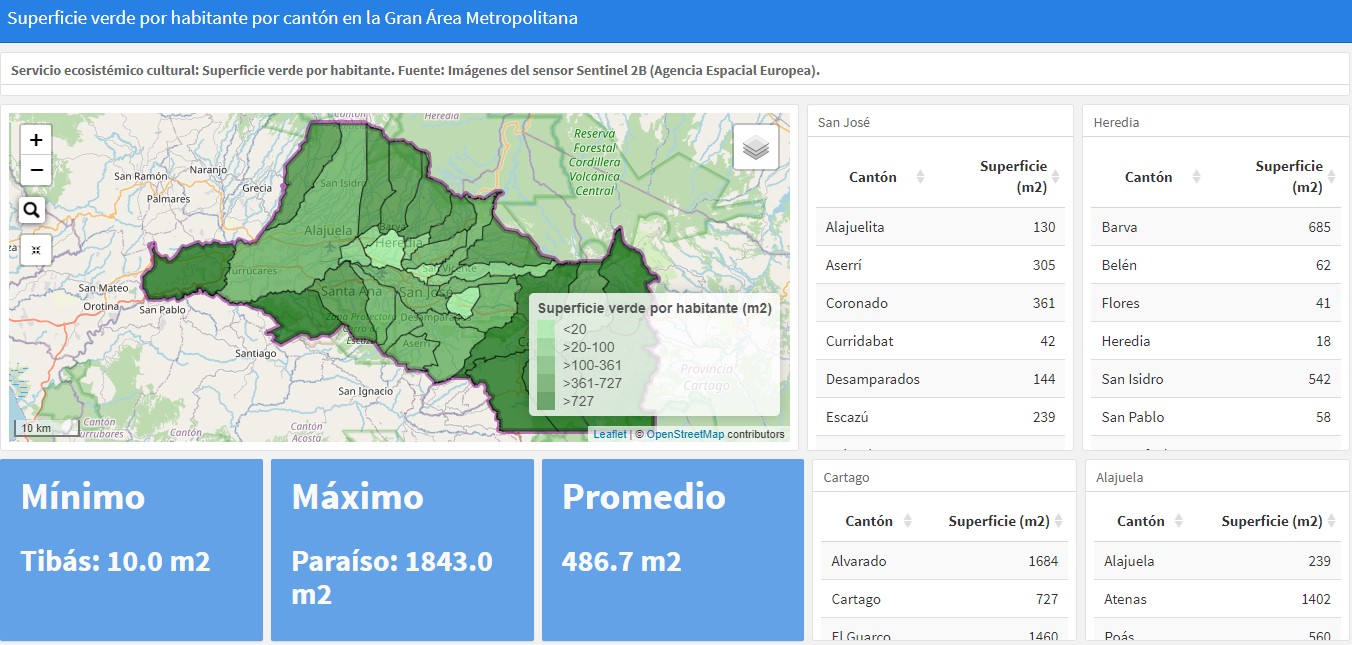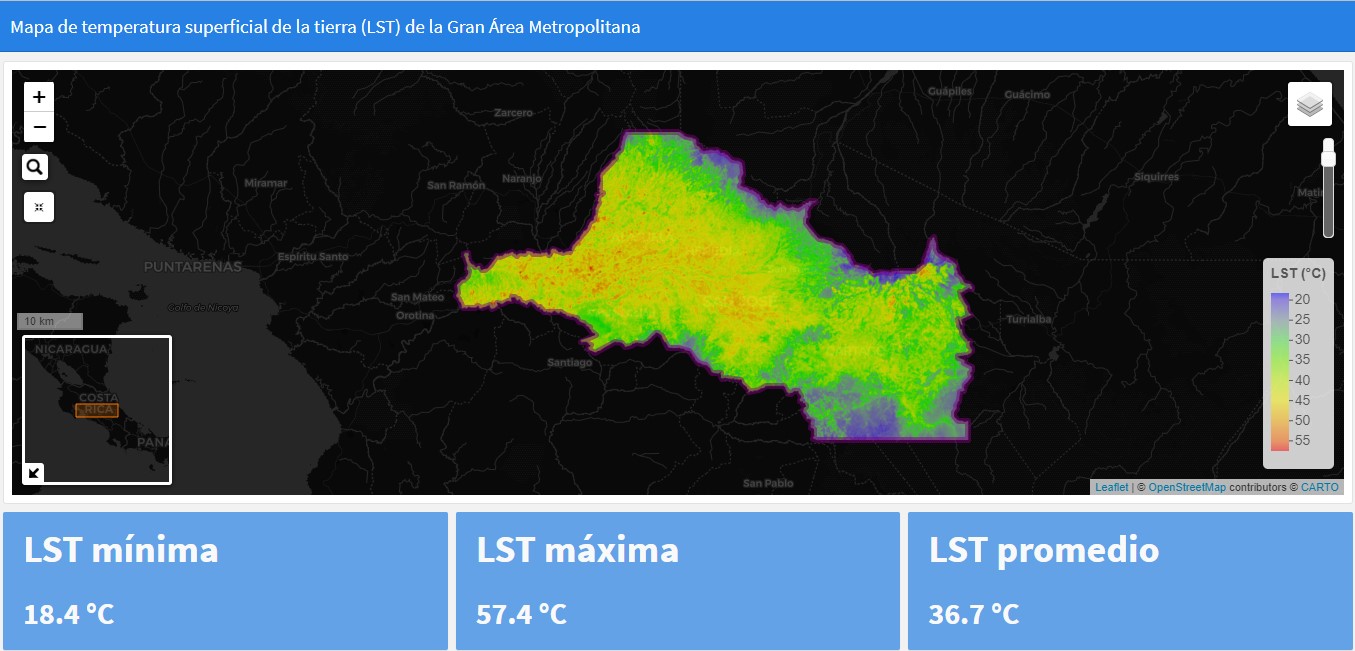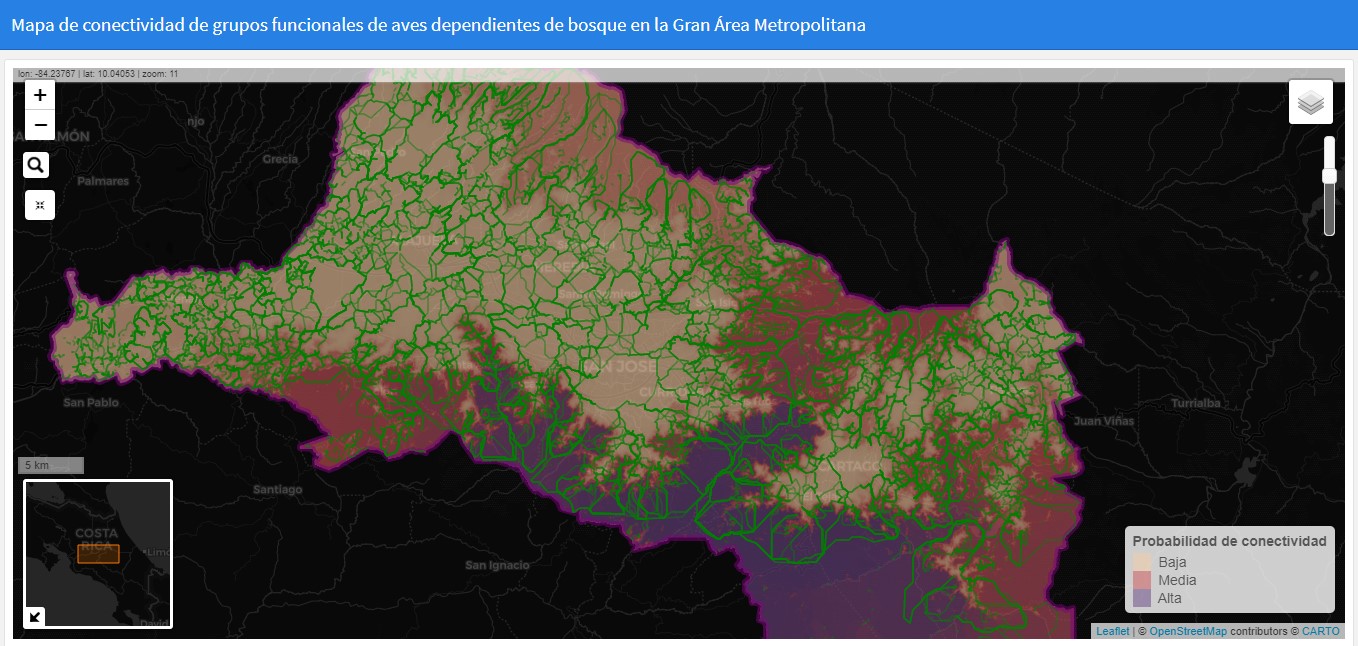
Map of green area per inhabitant
Atlas Verde



Generate, through the processing of current satellite images in a geographic information system, the necessary geospatial information on biodiversity, built space, surface temperatures, green and blue infrastructure, among others, in order to have the "raw material" for the development of the Atlas. For this purpose, Landsat 8 and Sentinel 2B sensor images were used, which were processed and analyzed by personnel with knowledge in database management and remote sensing, as well as understanding of the social-spatial relationship.